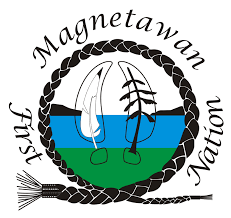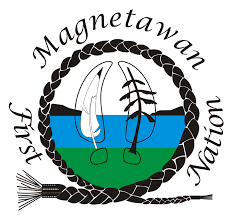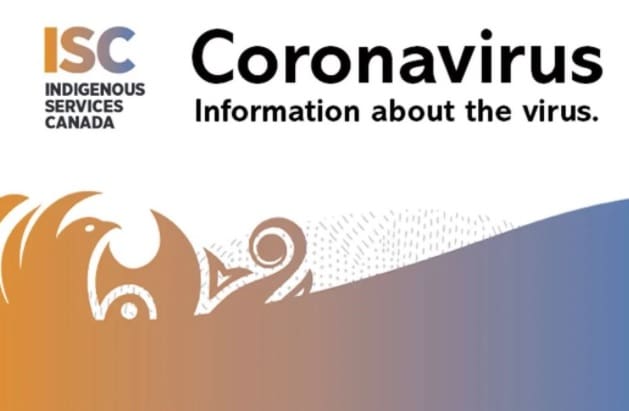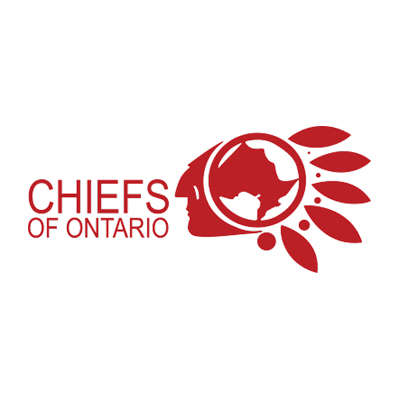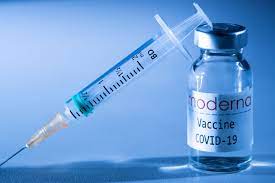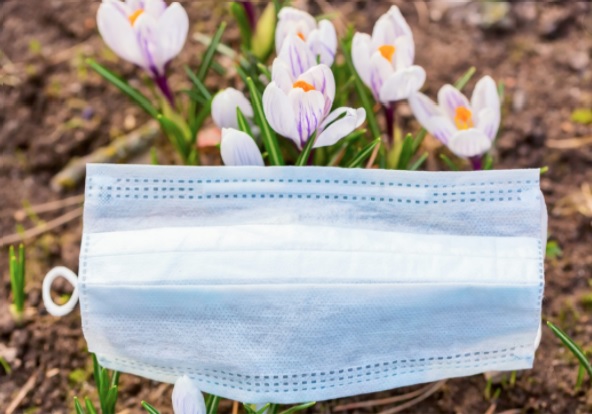Posts about COVID-19 and our response
COVID-19 CASES: Canada, Ontario, First Nation Communities
Provincial & Federal measures responding to COVID-19
First Nations COVID-19 testing in Ontario Update
COO-MAY-SUMMARY-COVID-REPORTAs of May 20th, approximately 217,000 COVID-19 vaccines have been administered to First Nations communities and urban Indigenous people throughout Ontario.
90,000 vaccines have been completed within First Nations communities.
52,000 first doses have been administered.
38,000 second doses have been administered.
Another 10,000 doses are scheduled to be administered this month.
74 communities are currently in progress of their first and second doses.
59 communities have fully completed second doses.
Recently, the Pfizer vaccine was approved for children ages 12 and up. Some First Nation communities have begun to schedule vaccine clinics for this age category!
Please remember to continue following all public health measures, even after receiving your COVID-19 vaccine.
Read the COO full report here:
COVID-19 OUTBREAK – Henvey Inlet First Nation
Chief McQuabbie has informed us that their community has a COVID-19 outbreak and are in lockdown.
We urge you to please stay at home and keep our community safe!
The province-wide shutdown and stay at home order that began on April 8 due to the alarming surge in case numbers and record high hospitalizations is serious!
“First Nations tend to be a lagging indicator, meaning that once cases begin to surge in Ontario cities, First Nations cases begin to rise a few weeks later.”
If you have been vaccinated it does not mean you are in the clear. You can still get COVID-19 and or pass it on.
This is too close to home PLEASE abide by the stay-at-home rules.
Only leave home for essential purposes: food, health care, exercise, or work.
Protect your family, friends, community, and help keep our Sister First Nation safe!
The province-wide ‘emergency brake’ shutdown and stay-at-home order that began on Thursday, April 8th at 12:01 am has been extended to 6 weeks. This is due to the alarming surge in COVID-19 case numbers and record-high hospitalizations recently. ICUs across the province are filling up and many PHUs are at or above capacity.
Read about variants of concern across Ontario, see a summary of new, active cases and total ICU beds occupied as of Monday, April 26, 2021:
First Nation Community Cases, VOCs in FN Communities, Confirmed Cases by Region & Community:
Below is the statement from the Ontario Association of Chiefs of Police on Ontario’s new enforcement measure regarding the COVID-19 stay-at-home orders released on Friday, April 16, 2021.
Spring has sprung; the weather is getting nicer and while it’s important to get outside and enjoy the fresh air, we all need to continue to keep ourselves and the community safe from COVID-19.
Even after we’ve been vaccinated, we still need to follow public health recommendations.
Sharing some great resources:
Spring Update
COVID-19 Vaccine – Get the Facts!
Seasonal Allergies or COVID-19?
An update as of 04APR from Chiefs Of Ontario:
Variants of Concern (VOC) – Ontario is seeing a rapid increase of VOC cases.
As of 04APR a total of 2,288 positive cases have been confirmed as one of the known VOCs.
There have been 25,470 cases that tested positive for the N501Y mutation, that have not yet been classified.
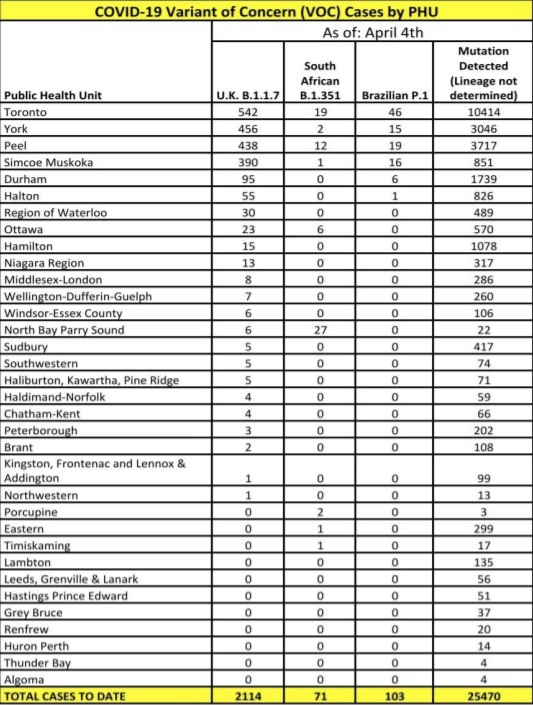
COVID-19 Testing
There were 179 new positive results among First Nations people over the past week ending Mar 21, 2021, down from 224 last week. This is a 20% decrease and the third week in a row with decreasing totals. The number of positive results among First Nations to date is 2,664.
The cumulative positivity rate among First Nations of 4.8% is only slightly higher than in previous weeks. The Ontario rate stayed relatively steady.
The rolling two-week average of new COVID-19 positive test results among FN decreased for the third week in a row. The Ontario rate increased for the second week in a row. A clear difference remains in the two trends.
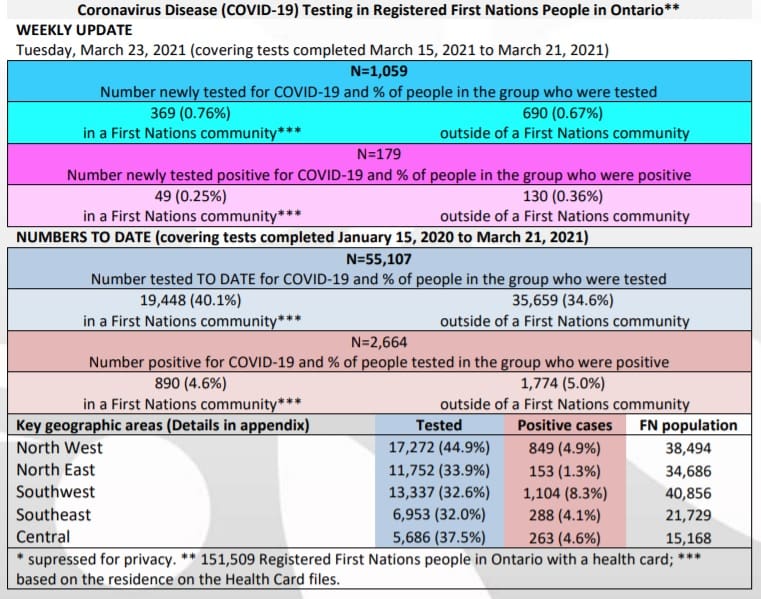
Check out the full report below.
COVID-19 Pandemic Update 26MAR21
Ontario Cases ranged between 1,500 and 2,300 daily.
The highest number reported this week was 2,380 on Thursday, March 25th.
The weekly 7-day average reported was 1,794 cases.
Ontario is seeing a trend of increasing cases, similar to the surge that began in November
As of March 25th: 1612 cases have been confirmed to be one the known VOCs
The following map highlights COVID-19 activity within First Nation communities since the beginning of the pandemic.
See the full report below.
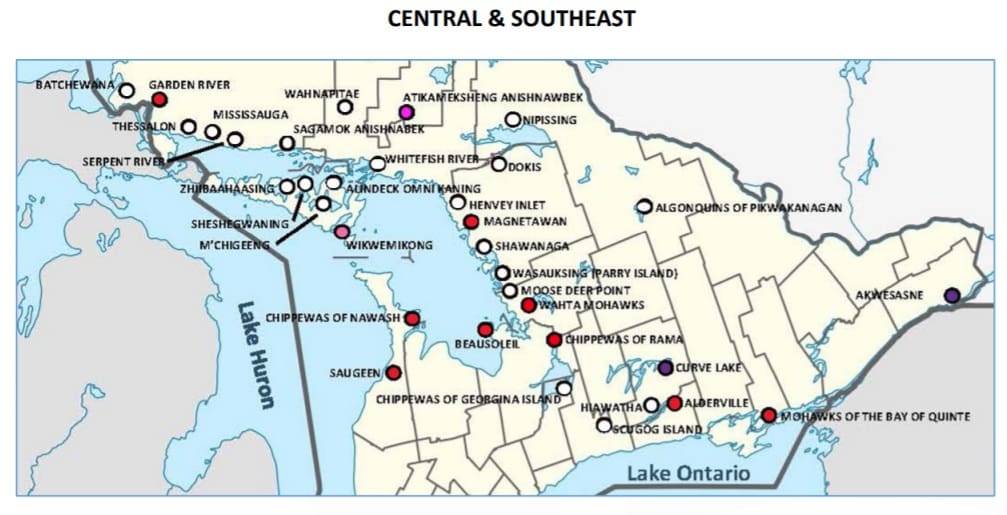
As of March 23, 2021, Indigenous Services Canada is aware of:
610 communities with vaccinations underway (for either priority groups or all adults) in:
First Nations and Inuit communities in provinces
communities in territories
226,790 doses have been administered.
Vaccine Misinformation
We understand that some inaccurate information has been circulating to certain Indigenous communities about the vaccine that includes false and distorted information about potential side effects. The spread of misinformation can have real consequences and can affect people’s behaviours and decision-making.
It is important to obtain information from trusted sources. These sources include federal, provincial, and territorial health authorities, community health centres, nursing stations, or local healthcare providers. Please consider the source of information before spreading or sharing articles or facts. Vaccination is a choice. Vaccines used in Canada must be approved by Health Canada and the COVID-19 vaccine is held to the same safety standards as other vaccines to make sure it is safe and effective.
How are these vaccines are developed so fast? Watch this 3-minute video
Moderna Vaccine – Reduce YOUR risk for infection and spreading! Check out another 3-minute video to watch…
COVID-19 Variants of Concerns
As Variants of Concern (VOCs) continue to spread in Ontario, it remains vital to continue following public health measures to prevent their spread. Because VOCs spread the same way as the “original” virus, the same actions can be effective. These include avoiding close contact with anyone outside of your household, wearing a good fitting 3-ply mask in indoor public spaces, maintaining physical distancing, and frequent handwashing with soap and water or alcohol-based hand rubs.
Anyone with even a very mild symptom of COVID-19 should stay away from others and get tested. We know from what we have learned that often people have such a mild symptom that they think it can’t be due to COVID-19! By the time they get tested, they have exposed other people.
Even after being vaccinated, people should continue to practice public health measures. Until enough people are vaccinated, the virus will continue to circulate and can cause severe illness.
Do I have COVID-19, a Cold, the Flu or seasonal Allergies?
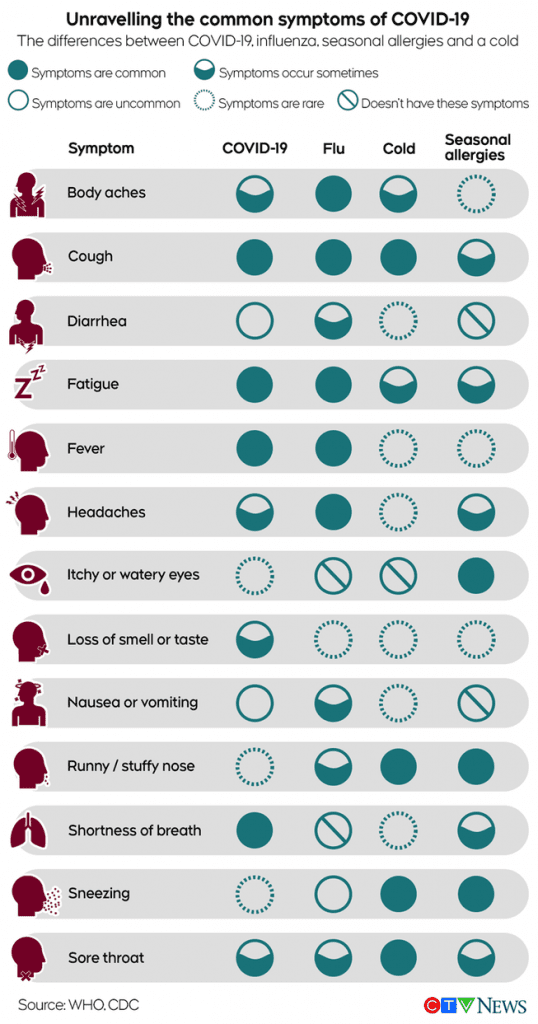
Here are some great links to more reading material!
- 1
- 2
